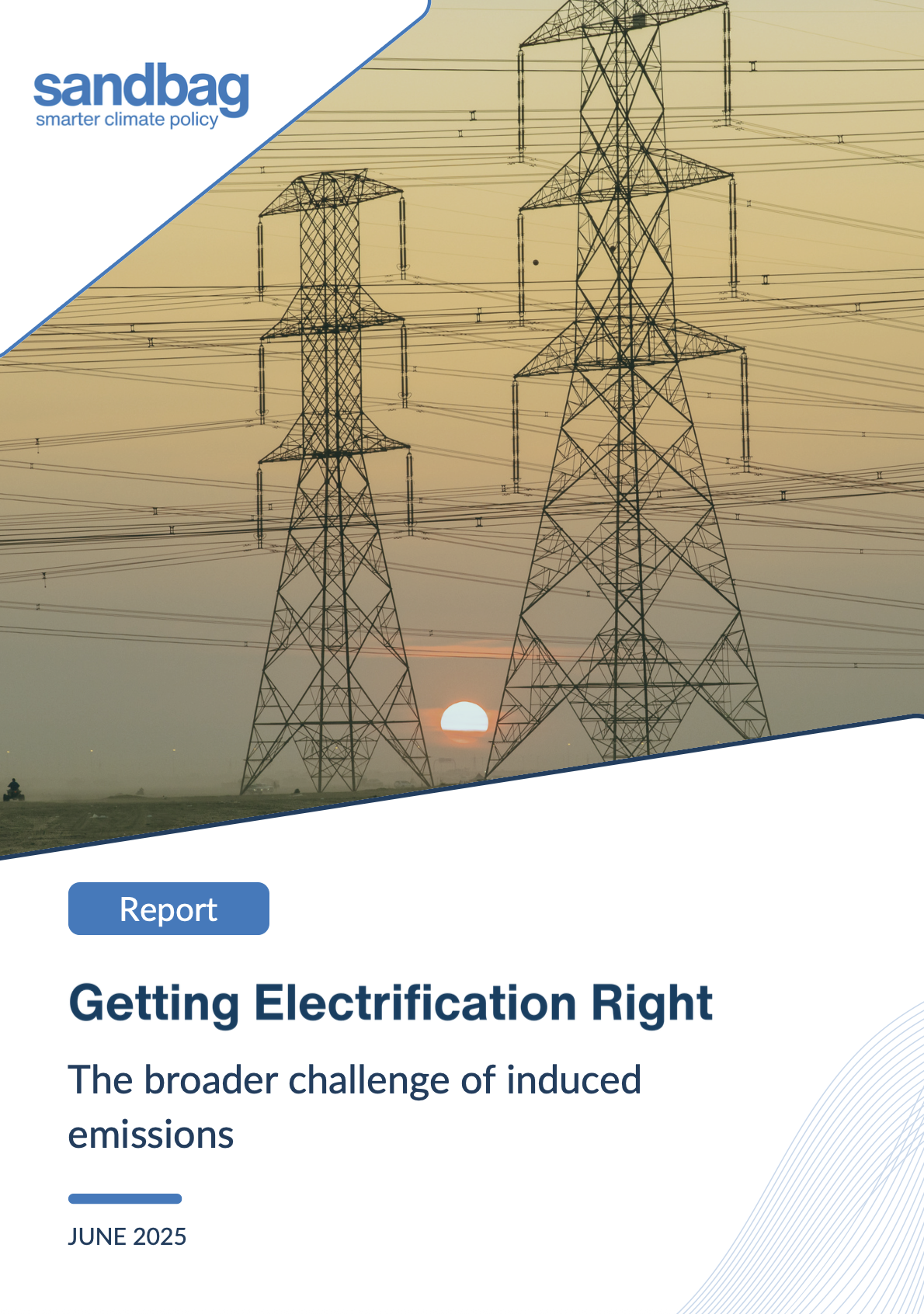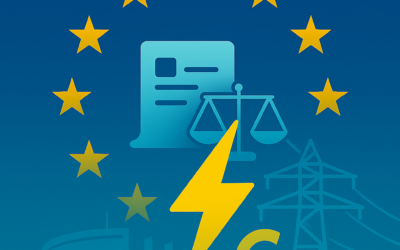As Europe accelerates renewable energy deployment to meet RED III targets, Sandbag’s latest report explores the often-overlooked issue of “induced emissions” — the emissions triggered by when and where electricity is used.
It shows that decarbonisation efforts can be undermined if new electricity demand occurs at times of fossil-based generation, even when the electricity is technically renewable.

About the report
This report examines how the climate impact of electricity use is shaped not just by its source, but also by its timing and location. It evaluates the EU’s RED III framework and associated hydrogen targets, using the RFNBO standard as a case study. The analysis shows that ill-timed use of renewable electricity — particularly for hydrogen production — can inadvertently drive fossil generation. It argues for more strategic use of electricity to avoid these unintended consequences and support genuine decarbonisation.
This report was updated on 18 August 2025.
Key findings
Induced emissions are a critical blind spot
Additional electricity demand from hydrogen production during periods of fossil generation can displace renewables and increase total emissions — even when the electricity is certified as “green”.
Hydrogen production timing matters
RFNBO-compliant hydrogen production can result in high emissions if it draws on renewable electricity at times of general grid scarcity.
Emission intensity varies by scenario and country
Induced emissions range from 0.3 to over 30 tCO₂ per tonne of hydrogen depending on assumptions, grid mix, and national context.
Direct electrification is more energy-efficient
Electrification of transport and industry typically results in lower emissions per unit of energy delivered compared to hydrogen.
RED III implementation needs reform
To meet climate goals effectively, RED III targets must be pursued with stricter criteria for additionality, timing, and grid impact of new electricity demand.
The report highlights the importance of aligning electrification policy with grid conditions to ensure RED III targets drive genuine decarbonisation.
Read the full report to learn more.
Photo by Tayssir Kadamany from Pexels
In the news
-
Carbon Pulse, 12 June 2025: EU plans for green hydrogen could backfire and cause emissions
-
Euractiv, 12 June 2025: EU green hydrogen rules will drive up emissions, new report suggests
Related publications
Electrification or electrical decarbonisation? We need both!
Sandbag’s response to the EU’s Electricity Action Plan highlights why both electrification and power sector decarbonisation are essential. It warns that growing electricity demand risks cannibalising clean power, unless renewable deployment accelerates.
Heat up industry, not the climate!
This position paper analyses the European Commission’s industrial heat auction, highlighting the importance of auction design to ensure electrification reduces emissions without causing unintended increases due to electricity grid dynamics.
Auction for industrial heat electrification: A positive step, but mind the induced emissions!
This position paper analyses the European Commission’s industrial heat auction, highlighting the importance of auction design to ensure electrification reduces emissions without causing unintended increases due to electricity grid dynamics.


